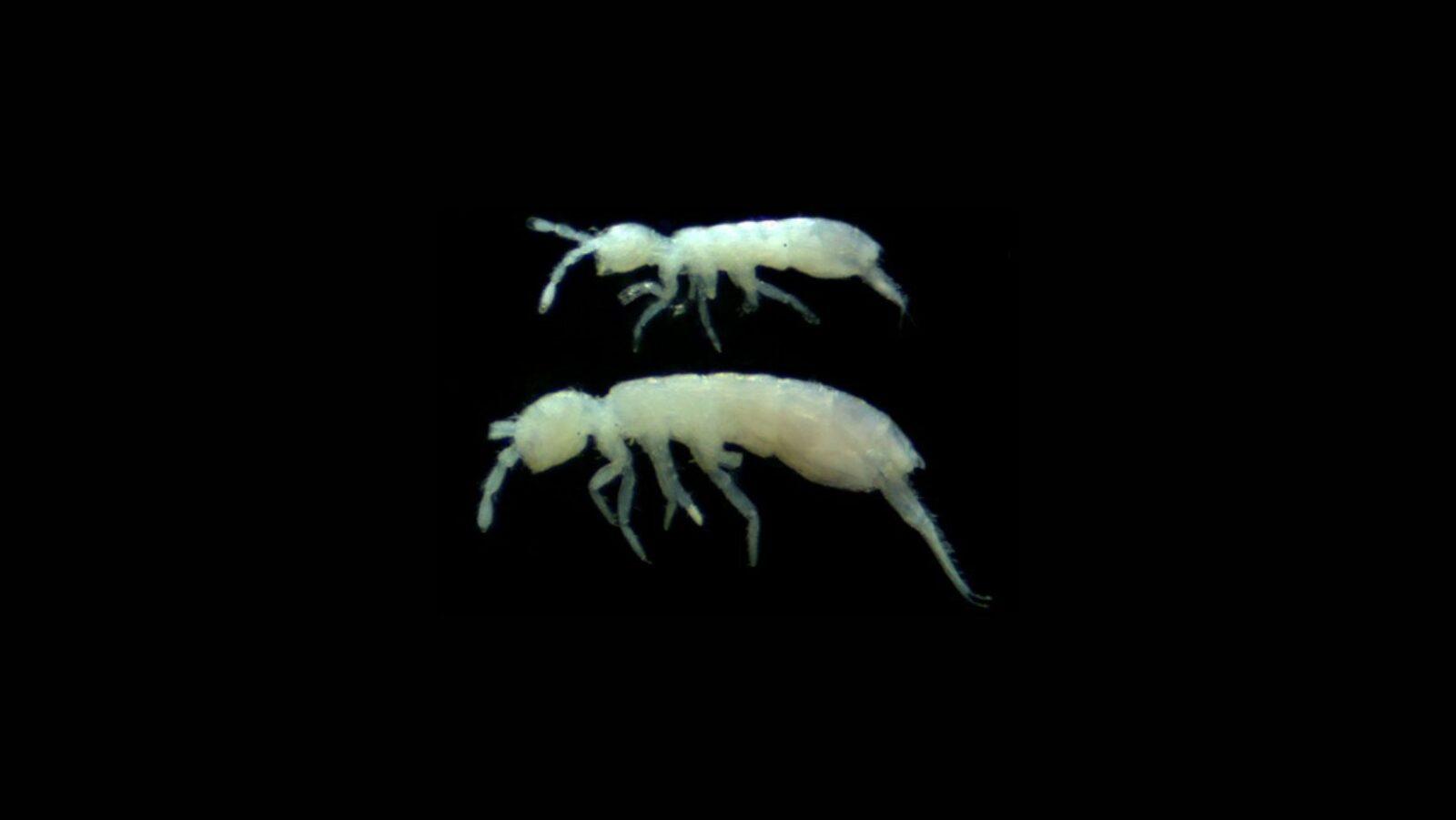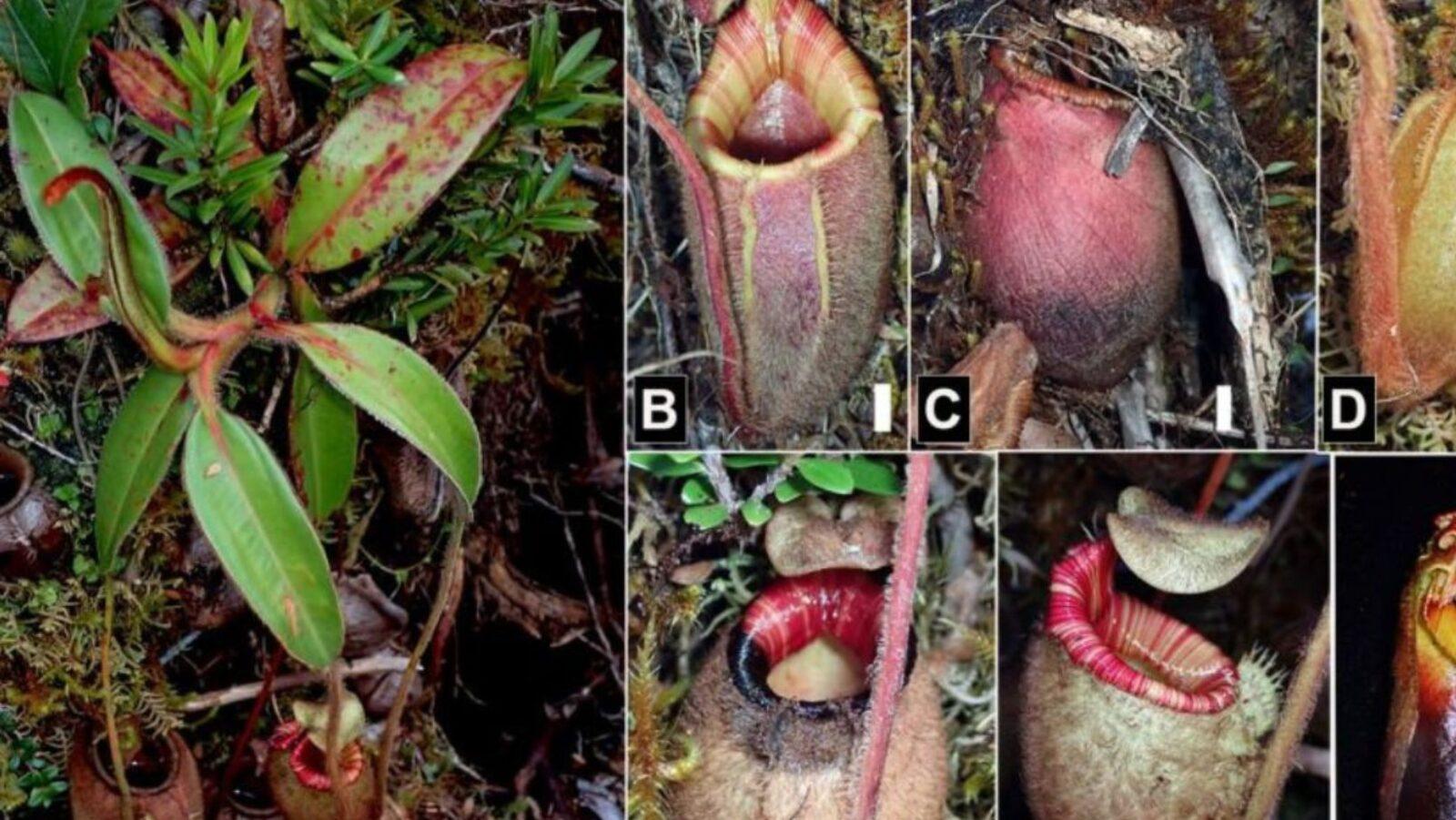
In March 2024, the description of a new species of fish from the Philippines was published in ZooKeys.
𝘽𝙚𝙜𝙤𝙣𝙞𝙖 𝙩𝙖𝙣𝙖𝙪𝙖𝙣𝙚𝙣𝙨𝙞𝙨
Distribution/habitat: Likely the Visayas region of the Philippines (holotype purchased in 2016 from Panay; paratypes purchased in 2013 from Cebu)
Endemic: Unspecified; it’s possible that the species exists outside Philippine waters
Distinctive traits: 𝘌. 𝘱𝘢𝘱𝘪𝘭𝘭𝘢𝘵𝘶𝘴 measures 5 to 6 inches in length, with a dusky rose color (pink along the top, fading to silver-pink along the sides with darker pink scales) and bright red lips. It has two fleshy papillae (protrusions from the bony area of its clavicle), and can be differentiated from other redbait fishes via the number of gill rakers, side fin rays, lateral-line scales, and dorsal fin spines it possesses.
Conservation status: Unspecified
Described by: Matthew G. Girard, Mudjekeewis D. Santos, and Katherine E. Bemis
Etymology: It takes its name from its signature fleshy protrusions. Its Tagalog name can be translated as “red firecracker” (oddly enough, some international outlets translated “𝘳𝘦𝘣𝘦𝘯𝘵𝘢𝘥𝘰𝘳” as “salesman”).
Significance
The discovery of 𝘌. 𝘱𝘢𝘱𝘪𝘭𝘭𝘢𝘵𝘶𝘴 stemmed from a 2011 collaborative research project involving the National Museum of Natural History, Smithsonian Institution (NMNH), the Bureau of Fisheries and Aquatic Resources−National Fisheries Research and Development Institute, Department of Agriculture, Philippines (BFAR−NFRDI), and United States Food and Drug Administration (FDA). The researchers aimed to document the diversity of fishes sold in Philippine markets, in the interest of developing a “voucher-based genetic reference library” for both biodiversity research and consumer safety. The description of 𝘌. 𝘱𝘢𝘱𝘪𝘭𝘭𝘢𝘵𝘶𝘴 not only highlights the importance of genetic testing in identifying novel species, but also illustrates how new discoveries can be found in the most unexpected places — or simply hiding in plain sight.—MF
Reference:
Author: Mikael Angelo Francisco
Bitten by the science writing bug, Mikael has years of writing and editorial experience under his belt. As the editor-in-chief of FlipScience, Mikael has sworn to help make science more fun and interesting for geeky readers and casual audiences alike.






